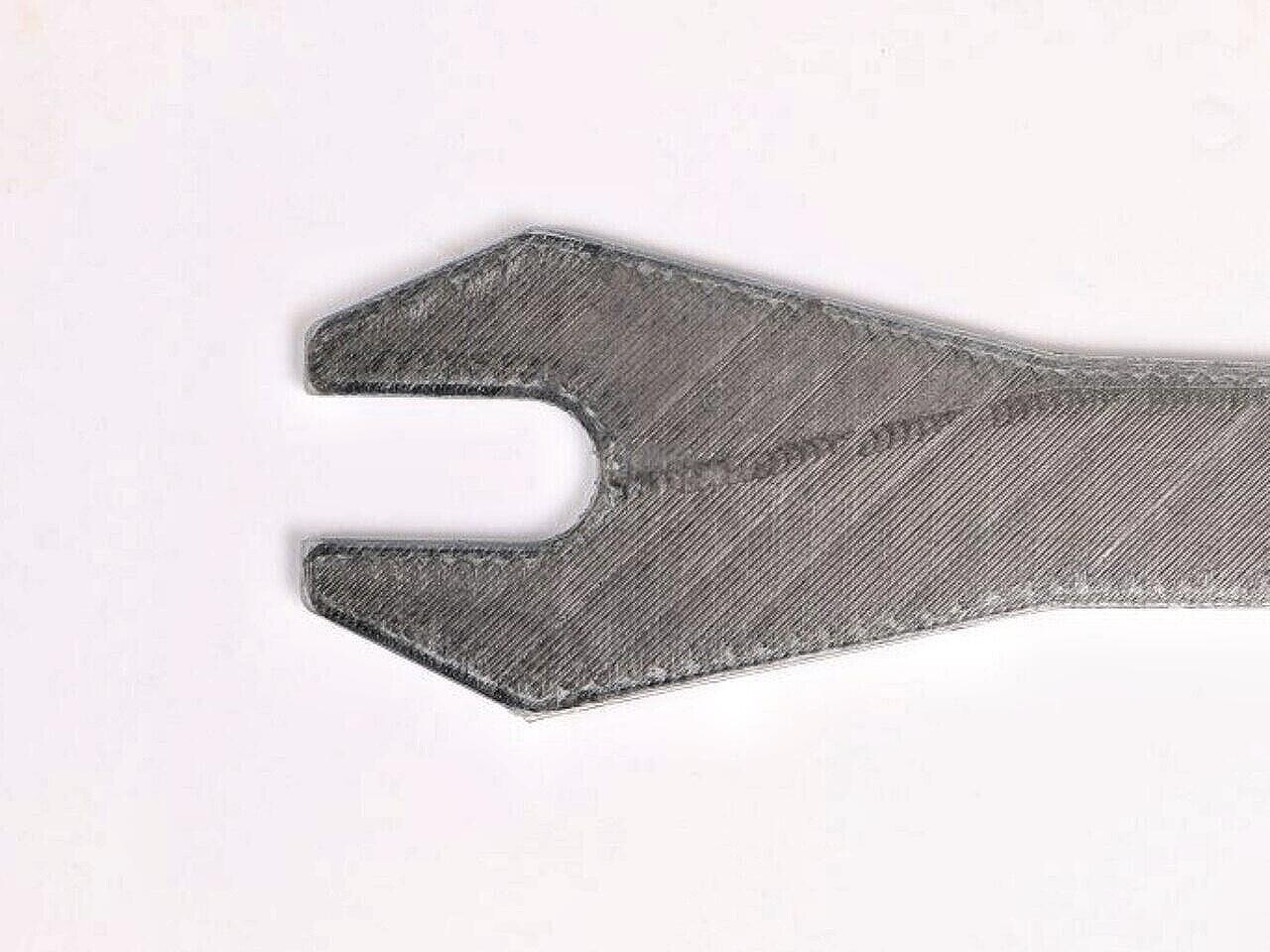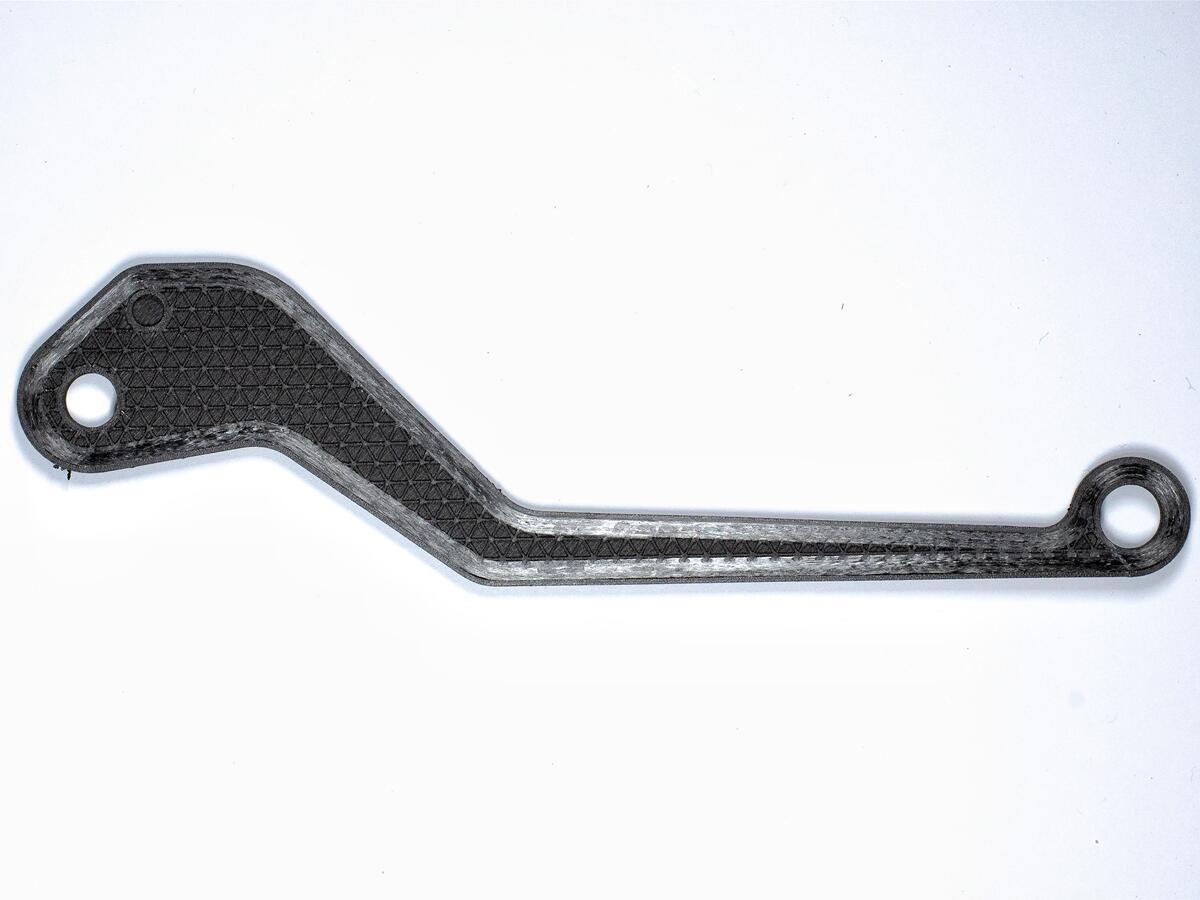FDM Continuous Carbon FiberMarkforged Carbon Fiber Carbon Fiber is MarkforgedŌĆÖs unique, ultra-high-strength Continuous Fiber ŌĆö when laid into a Composite Base material like Onyx, it can yield parts as strong as 6061-T6 Aluminum. Max Build Size Min Build Size 10 x 10 x 10 mm Default Layer Height 0.1 mm Optional Layer Heights 0.1, 0.2 mm Tolerance ┬▒0.1% (with a lower limit of ┬▒0.1 mm) Up to 105 Ōäā Smooth ŌśģŌśģ Detail ŌśģŌśģ Accuracy ŌśģŌśģŌśģŌśģ Rigidity ŌśģŌśģŌśģŌśģŌśģ Flexibility ŌśģŌśģ Available ColorsBlack
Available Post ProcessSuitable For Functional prototypes and end products, Not Suitable For Complex designs with intricate details, Additional InfoCarbon Fiber is MarkforgedŌĆÖs unique, ultra-high-strength Continuous Fiber ŌĆö when laid into a Composite Base material like Onyx, it can yield parts as strong as 6061-T6 Aluminum. ItŌĆÖs extremely stiff and strong, and can be automatically laid down in a wide variety of geometries by Markforged 3D printers. A special Carbon Fiber variant is compatible with ULTEMŌäó 9085 Filament.
Feature
3D PrinterMaterial Spec Sheet
Fused Deposition Modeling is used to build your design with this material. The principle is simple. You can compare it with a hot glue gun into which you put sticks of glue. The glue is heated up until it melts and is then pushed through a fine nozzle in the front of the glue gun. In an FDM printer, a long plastic wire is used in place of glue. It is fed from a spool to the nozzle where the material is liquefied and ŌĆśdrawnŌĆÖ on the platform where it immediately hardens again. The nozzle moves to drop the material at the correct location, drawing your model line by line. When a layer is drawn, the platform lowers by one layer thickness so the printer can start with the next layer. When your model contains overhanging sections, the printer needs to build supporting material. Since the material of the model cannot be deposited in the air, the support material prevents it from falling down. This support material is fed through another nozzle. Afterward, when the model is put into a bath with special soap, the support material dissolves.
|






